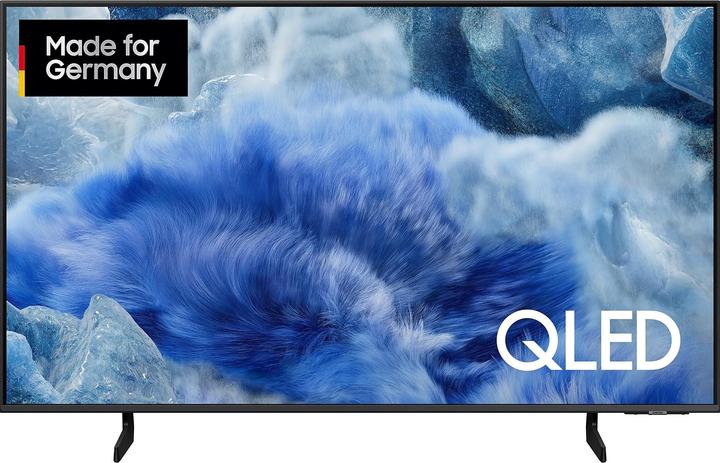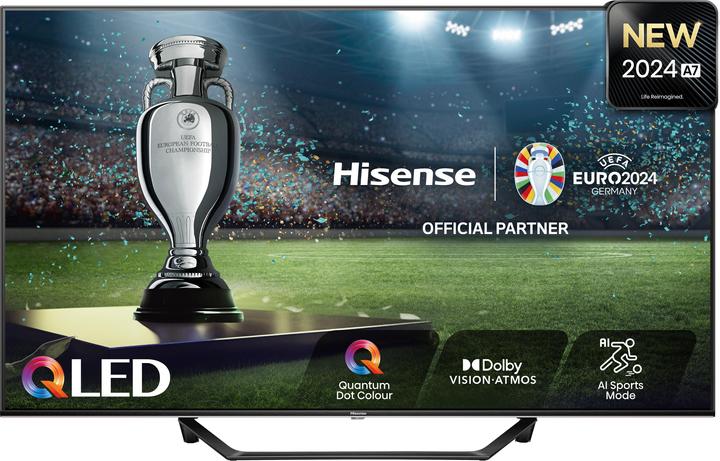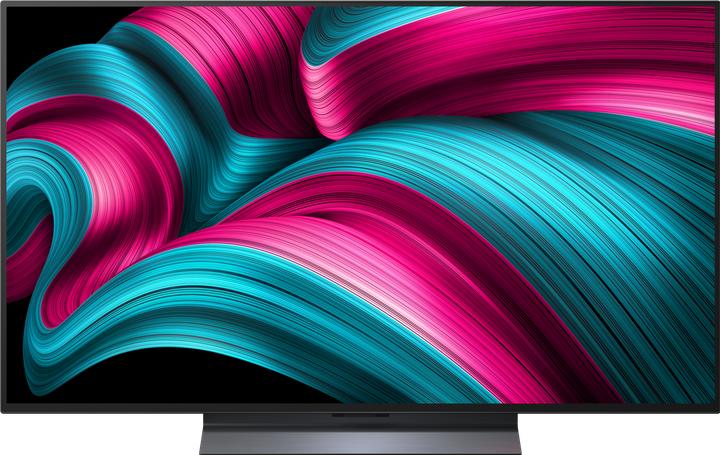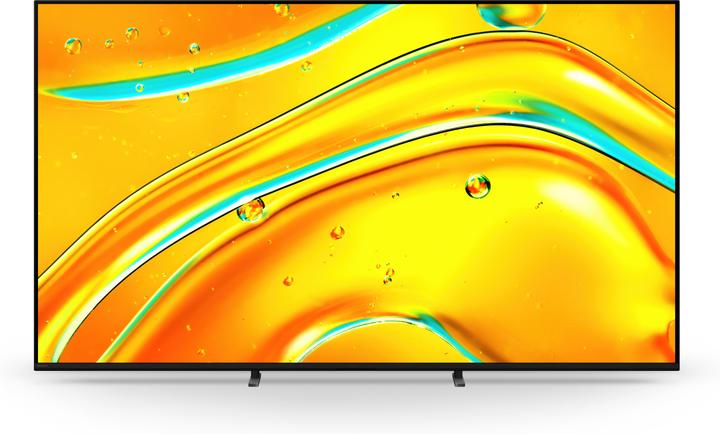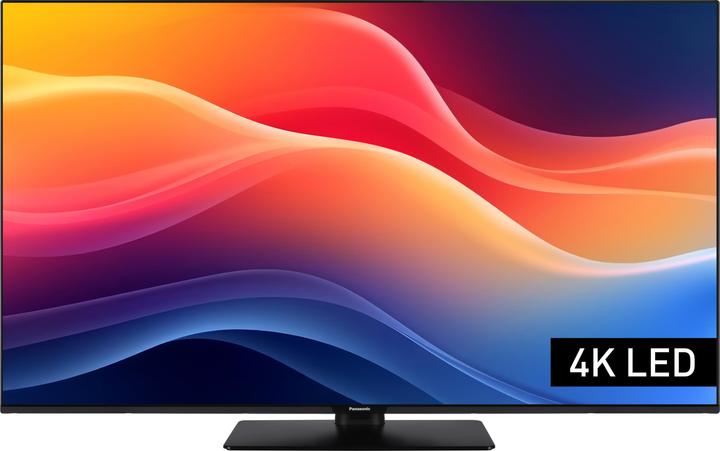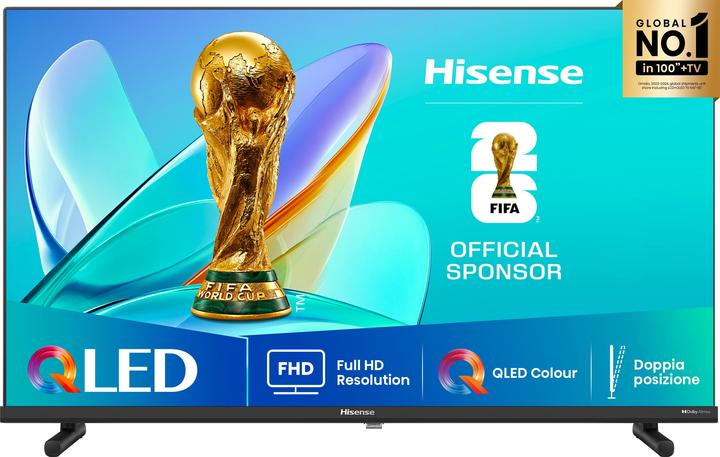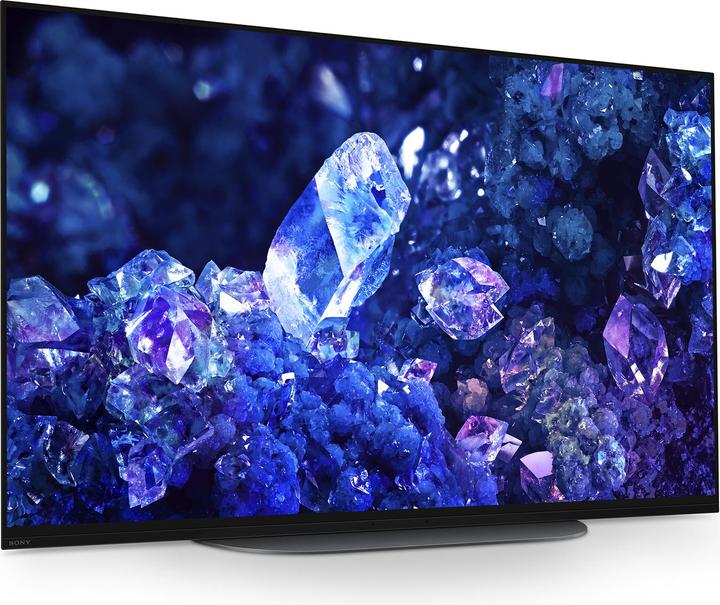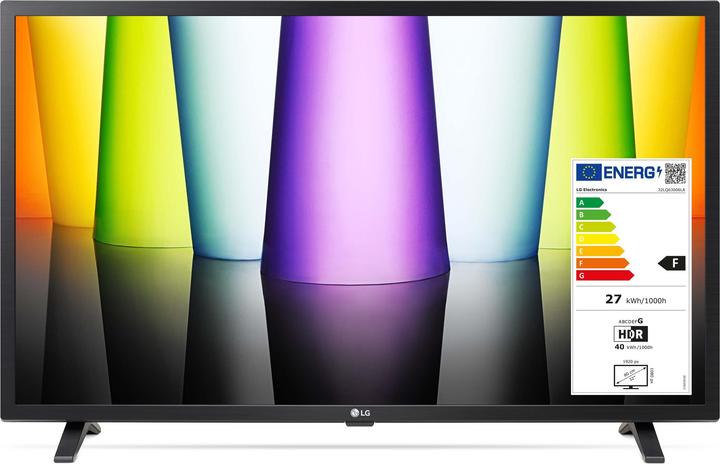
Too Many TVs? Here’s How to Find the Right One
Check out these five key factors to help you choose the TV that suits your needs.
Last updated 1 week ago. Automatically generated content.


Select options and limit the number of products
Display size refers to the diagonal measurement of a TV screen, which impacts how immersive the viewing experience feels and how well the TV fits into your space. Choosing the right size ensures comfortable viewing distances, enhances picture clarity, and matches your room layout and seating arrangement.
Popular options
Up to 43"
Typical price
200,– to 400,–Compact screens that suit small rooms, kitchens, or bedrooms.
Ideal for close-up viewing or where space is limited, offering flexibility for secondary TVs.
Bestseller
44 - 58"
Typical price
460,– to 890,–Medium-sized displays that balance immersion and practicality for most living rooms.
A versatile choice for family spaces, providing a cinematic feel without overwhelming the room.
Bestseller
59 - 100"
Typical price
840,– to 1600,–Large screens designed for spacious rooms and home theaters.
Deliver an immersive, theater-like experience, recommended for viewers sitting further from the TV.
Bestseller

Display resolution refers to the number of pixels a TV screen can show, directly affecting image clarity and detail. Choosing the right resolution impacts how sharp movies, shows, and games appear, especially on larger screens or when sitting close to the TV.
Popular options (you can select more than one)
4K
Typical price
490,– to 1100,–Features approximately 3840 x 2160 pixels, offering four times the detail of Full HD.
Provides crisp visuals and future-proofing, ideal for streaming high-quality content and gaming on screens 43 inches and larger.
Bestseller
UHD
Typical price
520,– to 890,–Ultra High Definition (UHD) typically refers to 4K resolution, delivering 3840 x 2160 pixels.
Ensures sharp images and vibrant details, making it suitable for home theaters and modern streaming services.
Bestseller
Full HD
Typical price
210,– to 320,–Displays 1920 x 1080 pixels, delivering clear images at a lower resolution than 4K or UHD.
Works well for smaller TVs (under 40 inches) or basic viewing needs, and is cost-effective for standard TV watching.
Bestseller
Screen technology refers to the type of panel used in a TV, which influences picture quality, color reproduction, brightness, and viewing experience. Choosing the right screen technology can impact how lifelike movies and shows appear, energy efficiency, and suitability for different lighting conditions at home.
Popular options (you can select more than one)
OLED
Typical price
1200,– to 1900,–Uses self-illuminating pixels for deep blacks, high contrast, and vibrant colors.
Ideal for dark rooms and cinematic viewing, but may cost more and is best suited for those seeking top image quality.
Bestseller
QLED
Typical price
420,– to 890,–Employs quantum dots with LED backlighting to enhance brightness and color range.
Great for bright rooms and vivid sports or gaming visuals, offering strong performance at a moderate price.
Bestseller
Mini-LED
Typical price
800,– to 1600,–Uses thousands of tiny LEDs for precise backlighting and improved contrast.
Balances brightness and black levels well, making it a versatile choice for mixed lighting and varied content.
Bestseller
LED
Typical price
230,– to 610,–Standard LED TVs use an LED backlight with an LCD panel, offering reliable picture quality.
Often the most affordable option, suitable for everyday viewing and casual use in most rooms.
Bestseller
Dynamic range refers to a TV's ability to display the brightest whites and the deepest blacks, enhancing detail and realism in every scene. Choosing the right dynamic range standard improves your viewing experience, especially for movies, sports, and games with high-contrast visuals.
Popular options (you can select more than one)
Dolby Vision
Supports dynamic metadata for scene-by-scene brightness and color adjustments.
Delivers superior image quality with vibrant colors and sharp contrast, ideal for streaming services and UHD Blu-rays that offer Dolby Vision content.
Bestseller
HDR10+
Uses dynamic metadata like Dolby Vision, allowing frame-by-frame optimization of picture quality.
Often available on newer TVs and streaming platforms, providing enhanced detail and realism in supported movies and shows.
Bestseller
HDR10
Employs static metadata to display a wider range of brightness and color than standard TVs.
Most common HDR format, ensuring broad compatibility with 4K streaming services, Blu-rays, and gaming consoles.
Bestseller
HLG
Designed for broadcast and live TV, enabling HDR content without metadata requirements.
Best for watching sports and live events on supported cable or satellite channels, providing improved contrast in real-time broadcasts.
Bestseller
The brand factor helps buyers compare TV manufacturers based on reputation, innovation, and reliability, supporting informed decisions. Leading brands like Samsung, LG, and Sony differ in areas such as picture technology, smart features, and design, which can impact user experience and satisfaction.
Popular brands (you can select more than one)
Philips
Recognized for Ambilight technology and stylish European designs.
Offers immersive viewing experiences, especially for users seeking mood lighting and unique aesthetics.
Bestseller
LG
Known for advanced OLED panels and user-friendly smart TV platforms.
Delivers excellent picture quality and is a strong choice for movie lovers and gamers.
Bestseller
Hisense TV
Offers affordable TVs with solid performance and modern features.
Ideal for budget-conscious shoppers wanting good value without sacrificing essential functions.
Bestseller
Samsung
Leads in QLED technology and sleek TV design.
Provides vibrant colors and intuitive smart features, making it suitable for a wide range of households.
Bestseller
Sony
Excels in image processing and audio quality.
A great pick for viewers prioritizing cinematic picture and immersive sound, often favored for home theater setups.
Bestseller




